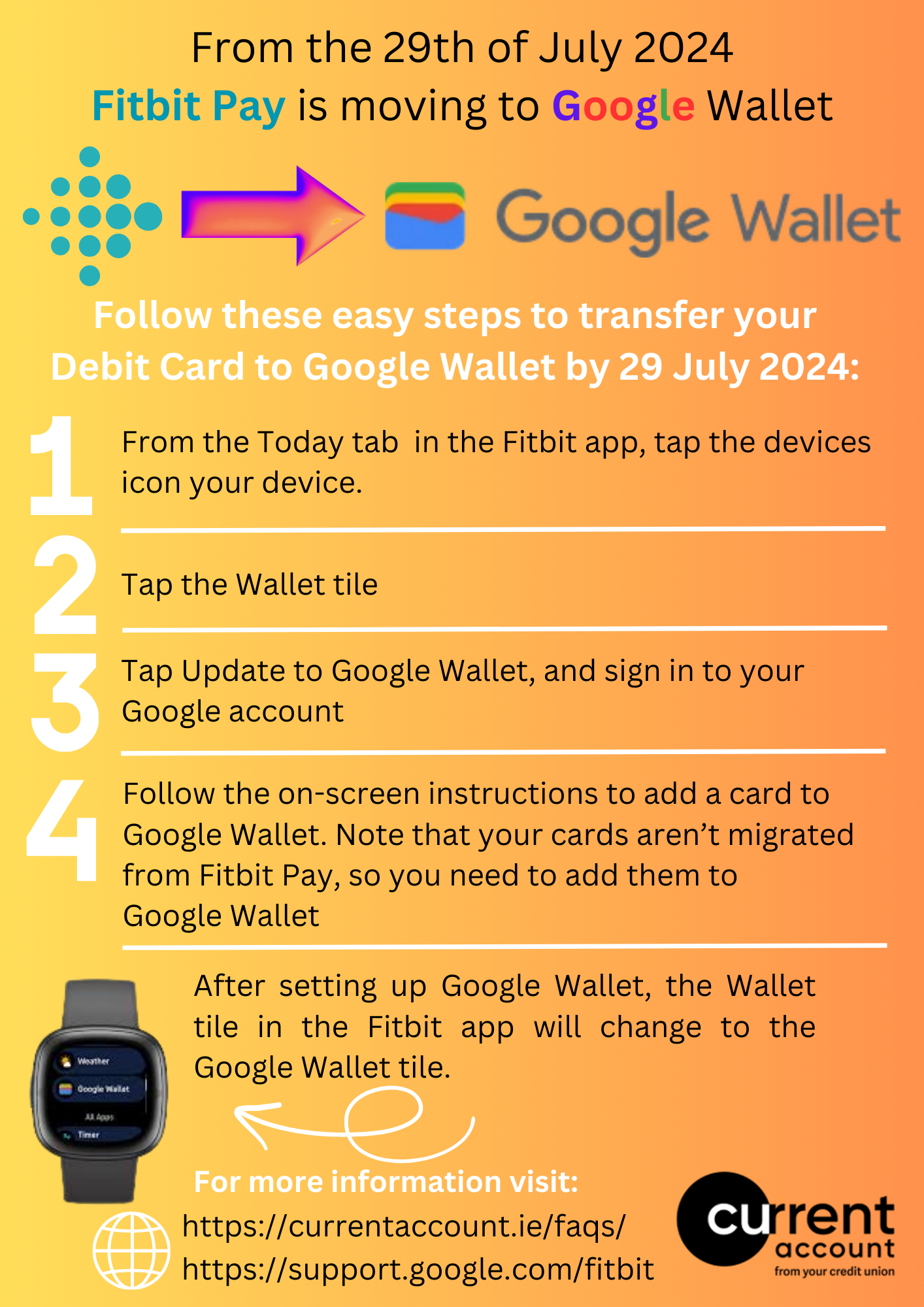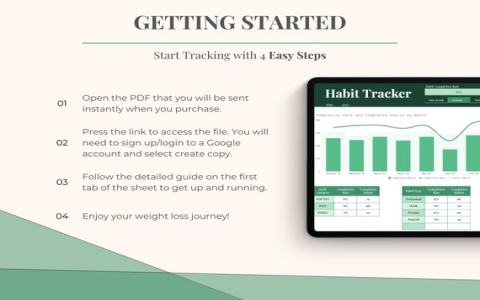Okay, so today I wanna share my experience with this thing called “TQB”. Let me tell you, it was a journey.

First off, I started by trying to figure out what the heck TQB even is. I read up a bit about it and realized I needed some programs to even open these TQB files. I searched around and found some, then downloaded and installed them.
- Started with understanding what TQB is.
- Searched for programs to open TQB files.
- Downloaded and installed the necessary programs.
After that, I spent a couple of days trying to get my head around the whole process. I found this training thing, which was a bit of a lifesaver. I integrated what I learned into my workflow and started to get the hang of it. I also did some checks to make sure I was doing it right. This whole verification part was really important.
Then, I dug into this blog post I found. It was all about making these step-by-step guides, which I thought was pretty cool. I started playing around with some simple tools and templates, just like they showed. It was surprisingly easy, and in just a few minutes, I had a rough guide put together.
Main Steps I Took
- Integrated what I learned from the training into my work.
- Did verification checks to make sure I was on the right track.
- Read a blog post about creating step-by-step guides.
- Used simple tools and templates to make my own guide.
I also stumbled upon this thing called “Deming’s 14 Points.” It sounded fancy, but it was basically just some good advice on improving stuff. I tried to apply some of those points, like aiming for better quality and not just relying on inspecting things after the fact. It made sense, you know?
And guess what? I found out that using this TQB thing is actually free! I signed up to save my work and to be able to transfer it, which was super handy. By the way, there was this other guide about joining foodpanda, but that’s a story for another day.
I also learned about this thing called tablature, or TAB. I am not a musician but the method for reading was pretty simple. Apparently, it’s a simpler way to learn music, especially for guitar. It’s like, you read it from left to right, and the numbers tell you where to put your fingers. I thought that was neat, even though I don’t play guitar.

So, there you have it. That’s my little adventure with TQB. It was a bit of a learning curve, but I managed to figure it out. And hey, if I can do it, you probably can too!




















